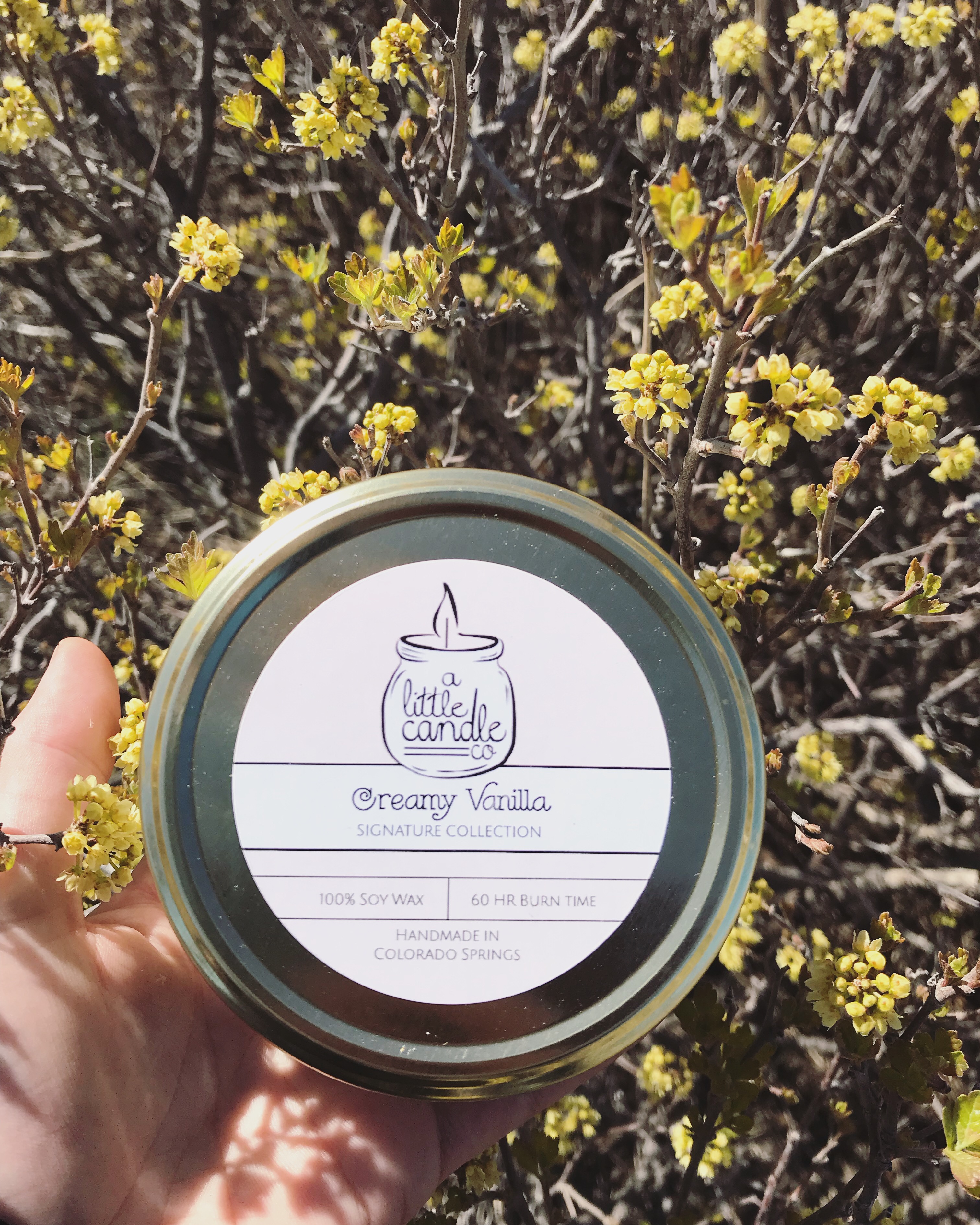Is Candle Making Hard? The Truth Behind Crafting the Perfect Candle 🕯️
- alittlecandleco

- Mar 13
- 2 min read
Hey everyone! 👋
This is Cara, owner and founder of A Little Candle Company. If we haven’t had the chance to meet yet, I create hand-poured, all-natural coconut wax candles that are long-lasting, eco-friendly, and made with love.
I've recently had the idea to start a blog series answering some of the most frequently asked questions I get at the markets that I do each weekend.
One of the top questions I'm asked is:
🕯️ "Are candles hard to make?"
Is Candle Making Hard?
At first glance, candle making might seem simple—you just melt wax, add fragrance, and pour, right? Not quite!
While it’s not physically strenuous (aside from lifting 50 lb wax boxes and setting up booths at markets!), it’s mentally challenging due to the many technical factors involved. Here’s why:
1. Choosing the Right Wick
There are so many wick types—ECO, CD, LX, and more. Each one burns differently depending on the wax type, fragrance load, and container size. A wick that’s too small? Your candle will tunnel. Too big? It can mushroom or burn too hot.
2. Selecting the Best Wax
Not all waxes are created equal! There are several types to choose from:
Soy wax – Popular for its natural appeal, but can sometimes have frosting issues.
Coconut wax – What I use! It burns cleanly, holds fragrance well, and is eco-friendly.
Paraffin wax – Great for scent throw but not as natural.
Wax blends – Many candle makers use proprietary blends to get the best of multiple waxes.
3. The Science of Scent Throw
Fragrance performance is key to a great candle, and it comes in two forms:
🔥 Hot throw – How strong the scent is when burning.
❄️ Cold throw – The scent strength when the candle is unlit.
Getting a perfect balance requires experimenting with fragrance load, wax type, and curing time.
4. Pour Temperature & Mixing Techniques
Each wax type has a specific pour temperature for the best results. Some need to be poured at 200°F, while others prefer a lower temperature. Stirring fragrance in correctly is also important—too fast and you’ll get air bubbles, too slow and it won’t bind properly.
5. Curing Time
Cure time is essential for fragrance development and wax hardening.
My coconut wax candles take 2 weeks to fully cure.
Some soy waxes cure in 3-5 days, while others take up to a month!
Final Thoughts
So, do I give people this whole spiel at the market when they ask if candle making is hard? No! 😆 But since I get this question all the time, I wanted to share the behind-the-scenes reality of making high-quality candles.
If you enjoyed this post, let me know in the comments! And if you’re interested in trying my hand-poured coconut wax candles, check out my shop here!
💛 Thanks for reading, and happy candle burning!




Comments